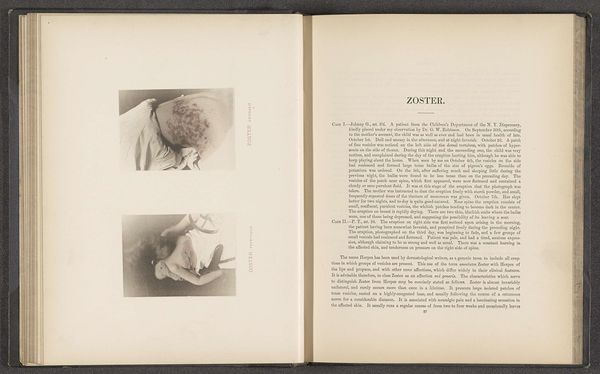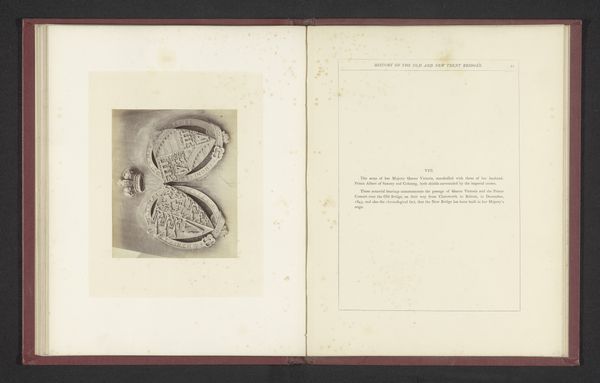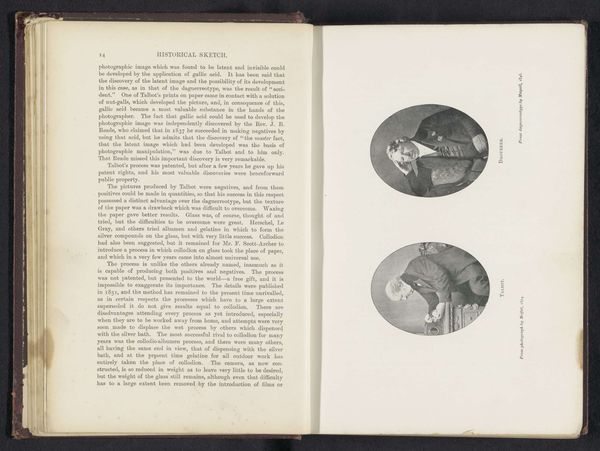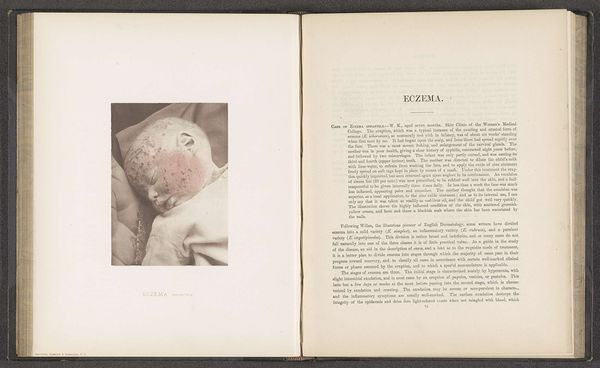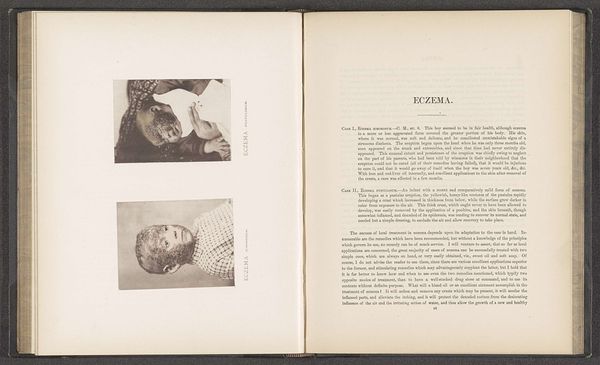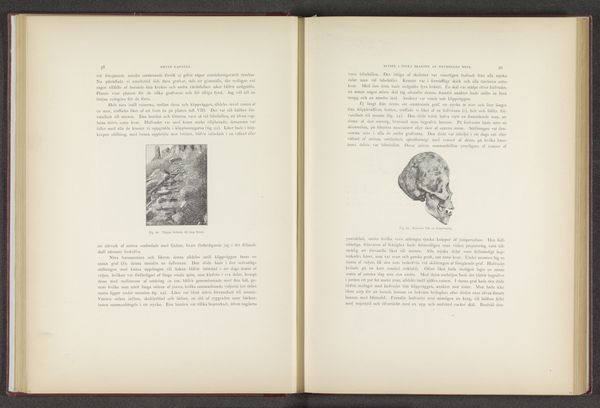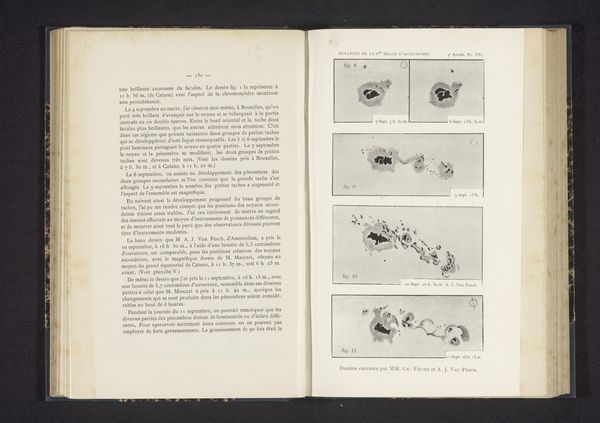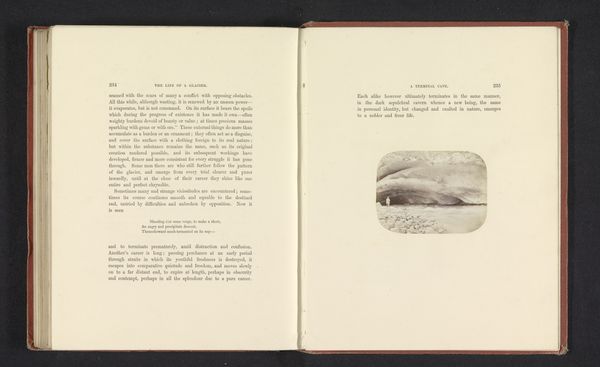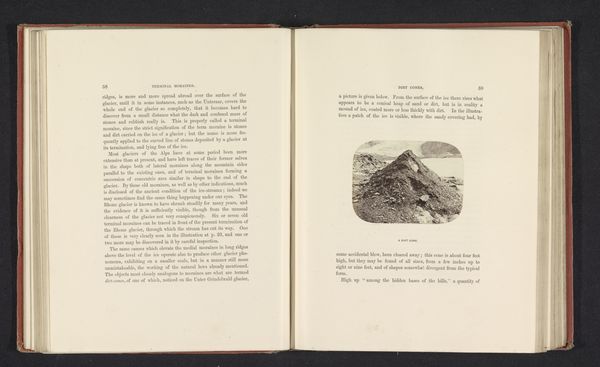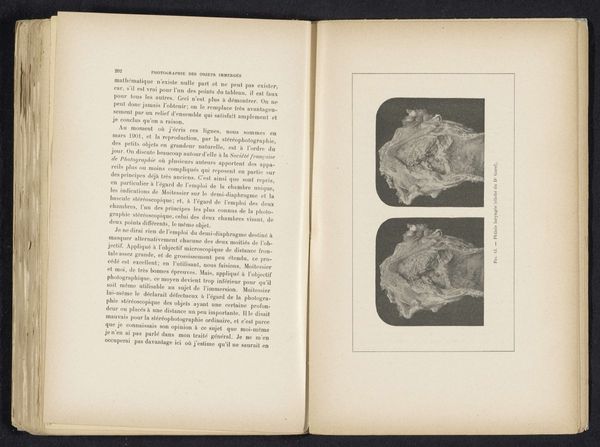
Patiënten lijdend aan de huidziekte 'favus capitis' en 'favus corporis' before 1881
0:00
0:00
photography, gelatin-silver-print
#
portrait
#
photography
#
child
#
gelatin-silver-print
Dimensions: height 95 mm, width 71 mm, height 96 mm, width 70 mm, height 294 mm, width 226 mm
Copyright: Rijks Museum: Open Domain
This is an image from an anonymous publication showing patients suffering from 'favus capitis' and 'favus corporis'. The image presents the body as a site of disease. The image creates meaning through visual codes that were produced within the medical institution itself. It objectifies and stigmatizes the individual for educational purposes. It invites diagnosis by way of an unflinching visual record. Although undated, the images likely originate from late 19th century Europe, when medical photography became increasingly widespread, thus serving to codify the relationship between patient and doctor. The growth of the clinic as an institution parallels the rise of photography as a means of documentation. As historians, we can turn to archival sources to understand the ways in which the body was understood and represented in different periods. Doing so, we can reflect on the social conditions that shape both medical and artistic production.
Comments
No comments
Be the first to comment and join the conversation on the ultimate creative platform.
